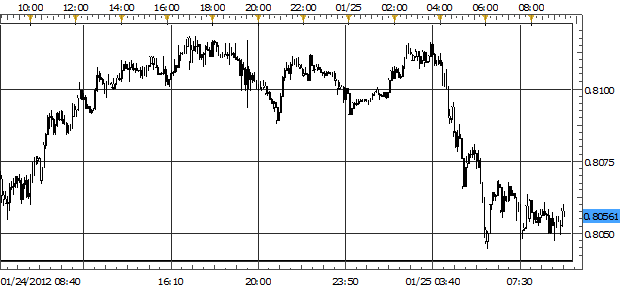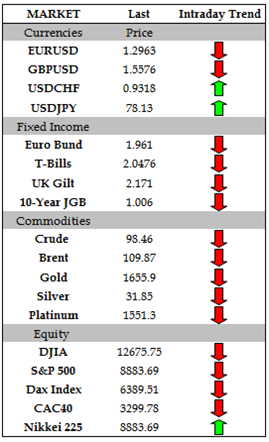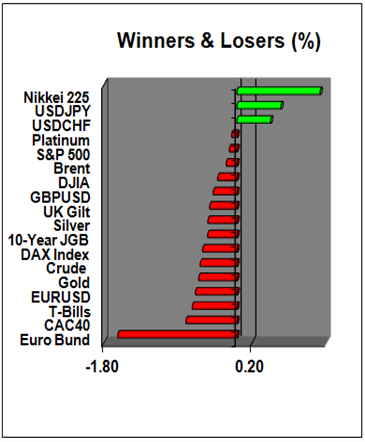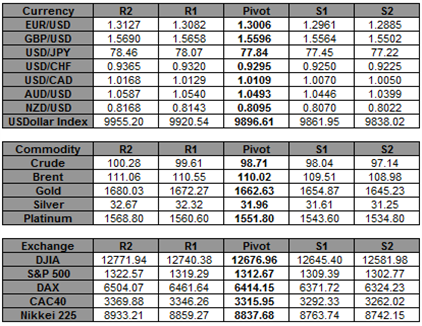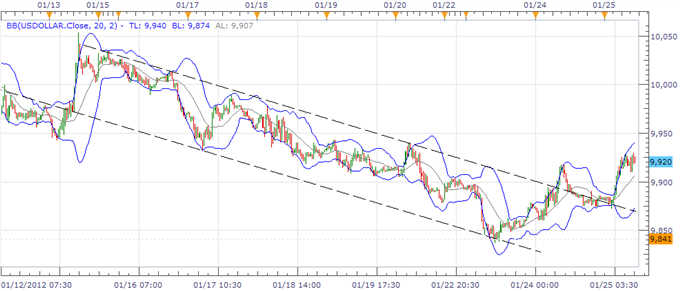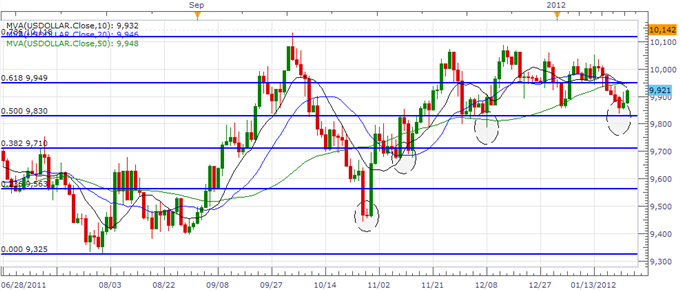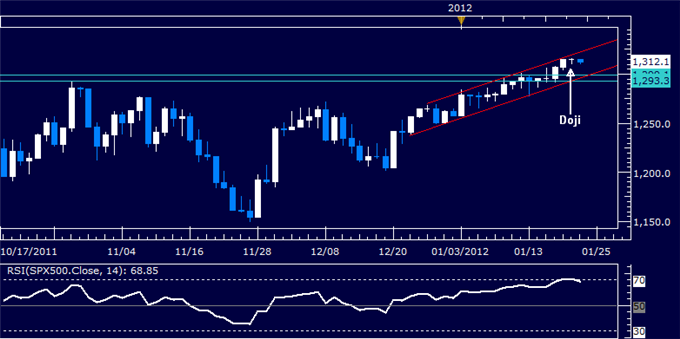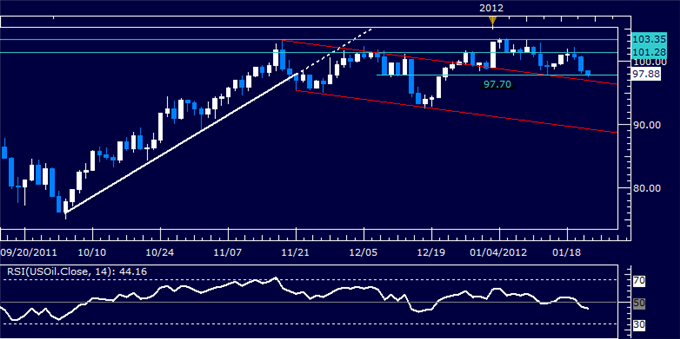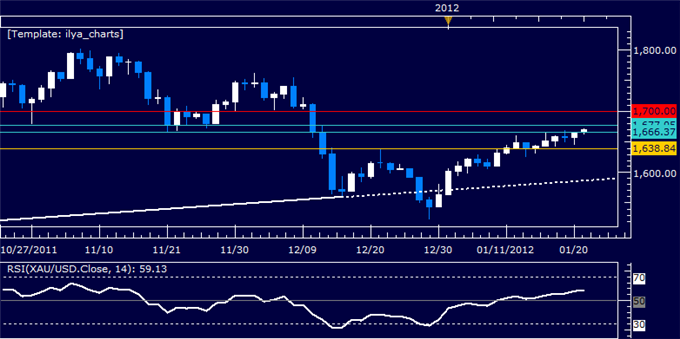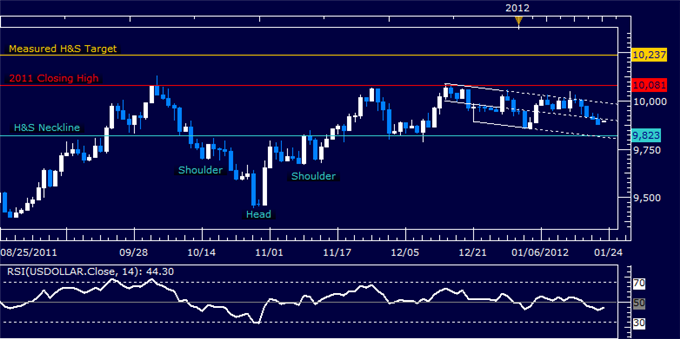The Moving Average... It is a tool that is talked about in almost
every trading book that has ever been written. Every day on TV, CNBC,
Bloomberg, and others are telling us where the S&P and other key
markets are in relation to the 200 day moving average, for example.
Every charting package on the planet comes with every possible
configuration of a moving average for you to use. Because of all this,
moving averages must be one of the most important tools for traders and
investors, right? You start to think that it must be impossible to make
money in the markets without using moving averages. When we take a
deeper look into the purpose and result of using moving averages, you
start to see that not only do you not need to use them, but more
importantly, they can actually hurt you if you don't understand the risk
that comes from using them as a primary buy and sell decision-making
tool and that is the focus of this piece.
Instead of going through many charts to find the perfect picture to use as an example to illustrate my logic, I like to use real trading examples from our live trading rooms in the Extended Learning Track (XLT) program. In our live Futures trading XLT, January 13th, we identified a demand level for our students during our pre-market analysis. This was a demand level in the S&P Futures of 1271.50 - 1274.50 (red box). Once price declined in the S&P to our demand level, the plan was to buy it when it reached our demand level with a protective sell stop just below the level to manage the risk and have our profit targets above the level.

Figure 1
Shortly after the stock market opened, price declined to
our demand level where our students were instructed to buy. Price moved
higher and the trade worked out very well for our students; they
executed our rule-based market timing strategy. Now, let's go over the
same trading opportunity, but instead of applying our strategy, let's
use a moving average which again, is a tool talked about in almost every
trading book ever written. Most people are taught to buy when the
moving average turns higher. As you can see here, by the time the moving
average turns higher, price has rallied quite a bit already which means
high risk and lower reward if you use your moving average as a buy
signal. Furthermore, notice that the moving average was sloping down
when our rules gave the buy signal. Have you ever read a trading book
that said buy when the moving average is sloping down? Also, notice that
the short-term trend of price was down when our strategy gave us the
low risk buy signal. Again, have you ever read a trading book that said
to buy in a downtrend? Of course not, yet this is the action you take
when you properly buy and sell anything in life, don't you? This is
exactly how you make money trading as well, but the trading books almost
teach you to do the opposite which is very flawed. Many of the traders
following indicators such as moving averages are really smart people who
have the best of intentions, they've just been taught wrong. It's not
rocket science; traditional technical analysis can be overly complex,
often inaccurate and may cause "paralysis by analysis." This is why we
focus on teaching students our simple rule-based strategy using the
principals of supply and demand aimed to help them find "real" low risk,
high reward, and high probability trades. Waiting for the moving
average to turn higher, you certainly get confirmation, but at the cost
of extremely high risk and lower reward. Furthermore, that confirmation
is an illusion because you still don't know exactly what price will do
next; this is all about probability and entering a position when the
odds are stacked in your favor.

Figure 2
Again, there are so many books on trading and most people
start the learning process by reading the trading books, yet the vast
majority of traders and investors fail when it comes to achieving their
financial goals. For the most part, the books say the same thing and
teach the same conventional concepts. Specifically, most of what those
books teach is conventional technical analysis including indicators and
oscillators such as Stochastics, Mac-D, moving averages and so on. Here
is the problem... Conventional technical analysis is a lagging school of
thought that leads to high risk, low reward, and low probability
trading and investing. All indicators are simply a derivative of price
meaning they lag price. By the time they tell you to buy or sell, the
low risk, high reward opportunity has passed. They have you buying after
a rally in price and sell after price has already declined. At Online
Trading Academy, we don't use conventional indicators, oscillators, or
chart patterns that you read about in the trading books as primary
decision-making tools because adding any decision making tool to our
analysis process that lags price only increases risk and decreases
reward. Why would we ever want to do that? I know the information in
trading books has been around for many decades, but that doesn't mean it
works or helps people. Like learning anything else in life, there is
the book version way of learning it and the real world learning. At
Online Trading Academy, we focus on how proper trading and investing
works in the real world which is what our core strategy is made of.
Again, if you think about it, most people read trading books and most
people lose money; maybe they should stop and consider how flawed the
logic is in that conventional thought and action. My goal in this piece
is not to beat up books and theories, it is simply to open your mind to a
lower risk, higher reward way of trading and investing.
Hope this was helpful, have a great day.
Instead of going through many charts to find the perfect picture to use as an example to illustrate my logic, I like to use real trading examples from our live trading rooms in the Extended Learning Track (XLT) program. In our live Futures trading XLT, January 13th, we identified a demand level for our students during our pre-market analysis. This was a demand level in the S&P Futures of 1271.50 - 1274.50 (red box). Once price declined in the S&P to our demand level, the plan was to buy it when it reached our demand level with a protective sell stop just below the level to manage the risk and have our profit targets above the level.

Figure 1

Figure 2
Hope this was helpful, have a great day.




